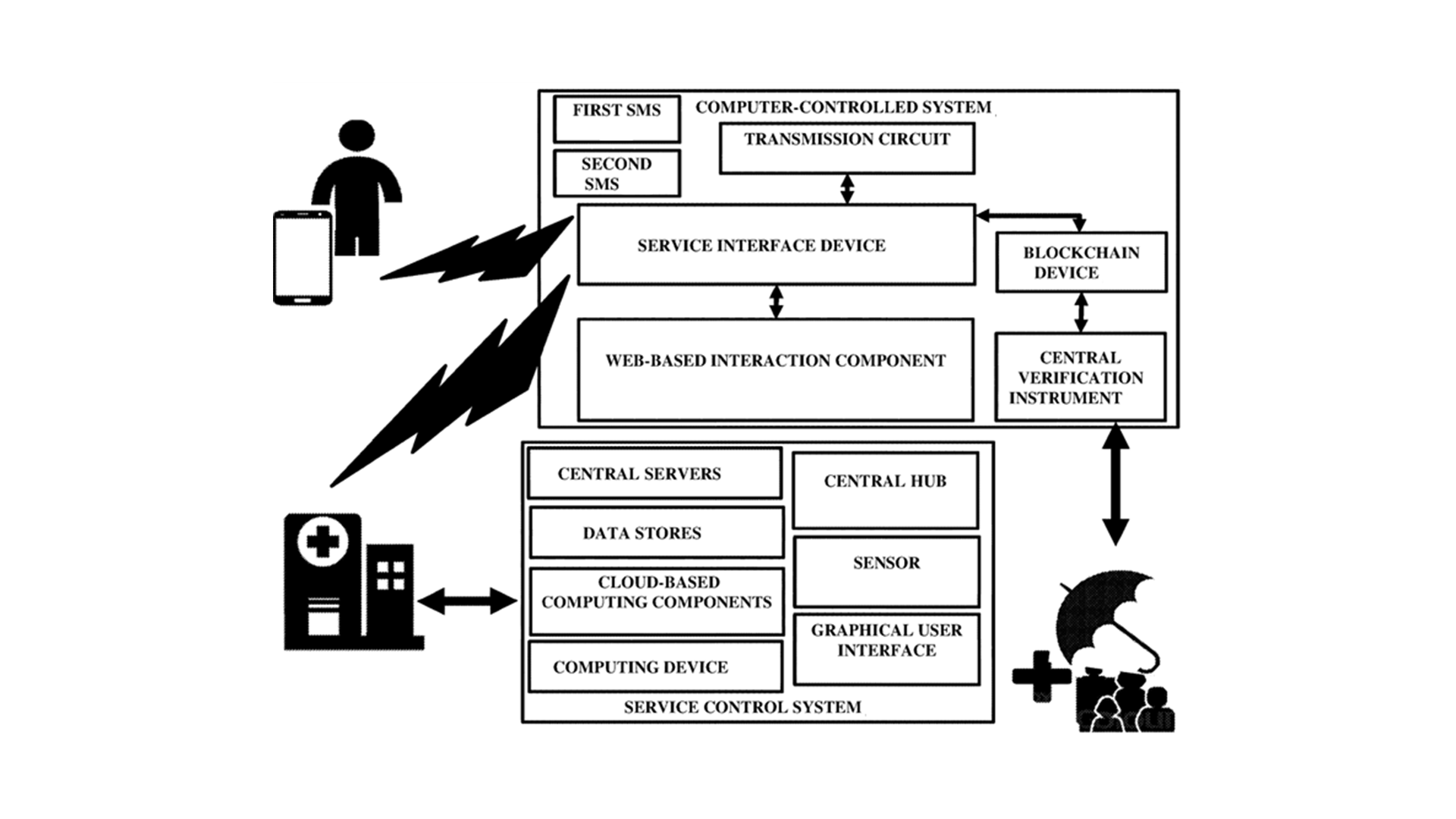
Introduction to the Challenge in Service Verification
When a service is rendered by a service provider to a beneficiary, and the payment claim is directed to a third entity, the critical quandary arises on how one can reliably validate that the service was provided on a genuine ground. The underlying issue is the lack of any valid mechanism to furnish evidence regarding the actual occurrence of the service and the duration for which it was executed.
Significance of Electronic Verification
The main focus of this challenge is the authenticity and verifiability of the evidence presented. A mere claim, unsupported by verifiable evidence, lacks the requisite credibility and is susceptible to fraudulent manipulations. With the widespread digitalization of services and increasing reliance on electronic mediums, it becomes imperative to leverage technology to ensure that the evidence of service delivery stands not only as an immutable testament to the service rendered but also remains insulated from tampering.
Revolutionizing Service Evidence
Addressing the mentioned set of challenges, the technology in focus offers an automated means of recording evidence for service delivery. It amalgamates the utility of a mobile communication device and a web-based interaction component, with a distinct service control component, propelling this into the realm of tamper-proof verification.
One of the features of this technology is its capability to generate electronic signals. These signals encompass an intriguing duality: a first and second SMS. What amplifies the authenticity of this signal generation is the integration of secured hash links, which when executed by the respective device, the first link captures the initial electronic evidence of the service’s delivery. The execution of the second link by the service control component captures corroborative electronic evidence, further fortifying the authenticity of the service provided.
Reassuring Stakeholders with Enhanced Verifiability
The technology’s innate strength lies in its adaptability and resilience. By offering electronic evidences that are maintained with an unprecedented level of independence from any potential malevolent intervention, it provides a trifecta of assurance. Users, service providers, and third parties alike can confidently rely on the veracity of the evidence produced, leading to streamlined operations, reduced fraudulent claims, and enhanced trust in service ecosystems.
By intertwining with traditional service mechanisms, this technology promises not just efficiency, but an unmatched level of authenticity in service delivery verification, fostering a paradigm shift in how service ecosystems operate and thrive.
Advanced Functionalities of the Service Delivery Evidence Technology
Dynamic Interaction with Mobile Users
The communication device of this technology is associated with a user within a service network; it doesn’t serve as a communication tool but carries predefined information about both the device and its associated user. This provides predefined information, ensuring each interaction is tied to a unique identity, thereby enhancing the proof of service. This ensures that every interaction is personalized and anchored to a unique identity, fortifying the authenticity of any service-related communication.
Seamless Coordination with Service Provider Systems
The technology integrates effectively with a service provider’s computer system. This system manages and orchestrates the service delivery, acting as the operational backbone ensuring that services are rendered as promised and documented appropriately.
Intelligent Electronic Signal Transmissions
A critical capability of the technology lies in its proficiency in transmitting electronic signals in the form of SMSs. The first SMS targets the mobile communication device and comes with a secured hash link. When this link is activated, it confirms and records evidence of service delivery for the mobile user. At the same time, a second SMS is directed towards the service provider’s system. This SMS also contains a secured hash link, and its activation verifies and registers evidence of service delivery for the service provider
Evidence Recording with Unique Service Tokens
Augmenting the electronic signal transmissions is a processor which, post the receipt of service validation, conveys a confirmation message. This is not just an affirmation but carries with it a unique Service Proof Token (SPT). This encapsulates crucial details of the service delivery, whether they manifest as events, digitally executable locations, voice inputs, or digital images.
Enhanced Verification through Digital Tokens with Proof of Service.
Integrating advanced verification techniques, the technology houses a specialized device containing digitally executable SPTs. These tokens are exceptionally crucial in discerning the initiation and culmination of a service. They serve as electronic markers, earmarking the exact moments a service commenced and concluded, hence ensuring time-bound verifiability and acting as a proof of service.
Robust Verification Mechanism
The suite of functionalities is the client electronic device, which is symbiotically connected to the aforementioned specialized device. Its primary role is verification. By retrieving the unique SPTs, it can rigorously cross-verify the electronic evidence of service delivery, ensuring that every claim is grounded in irrefutable digital fact.
This advanced technology is not just a solution but a revolution in service delivery verification. By harnessing the power of digital tokens, secured links, and integrated systems, it promises a future where every service claim is backed by unassailable electronic evidence, ensuring transparency, authenticity, and trustworthiness.
